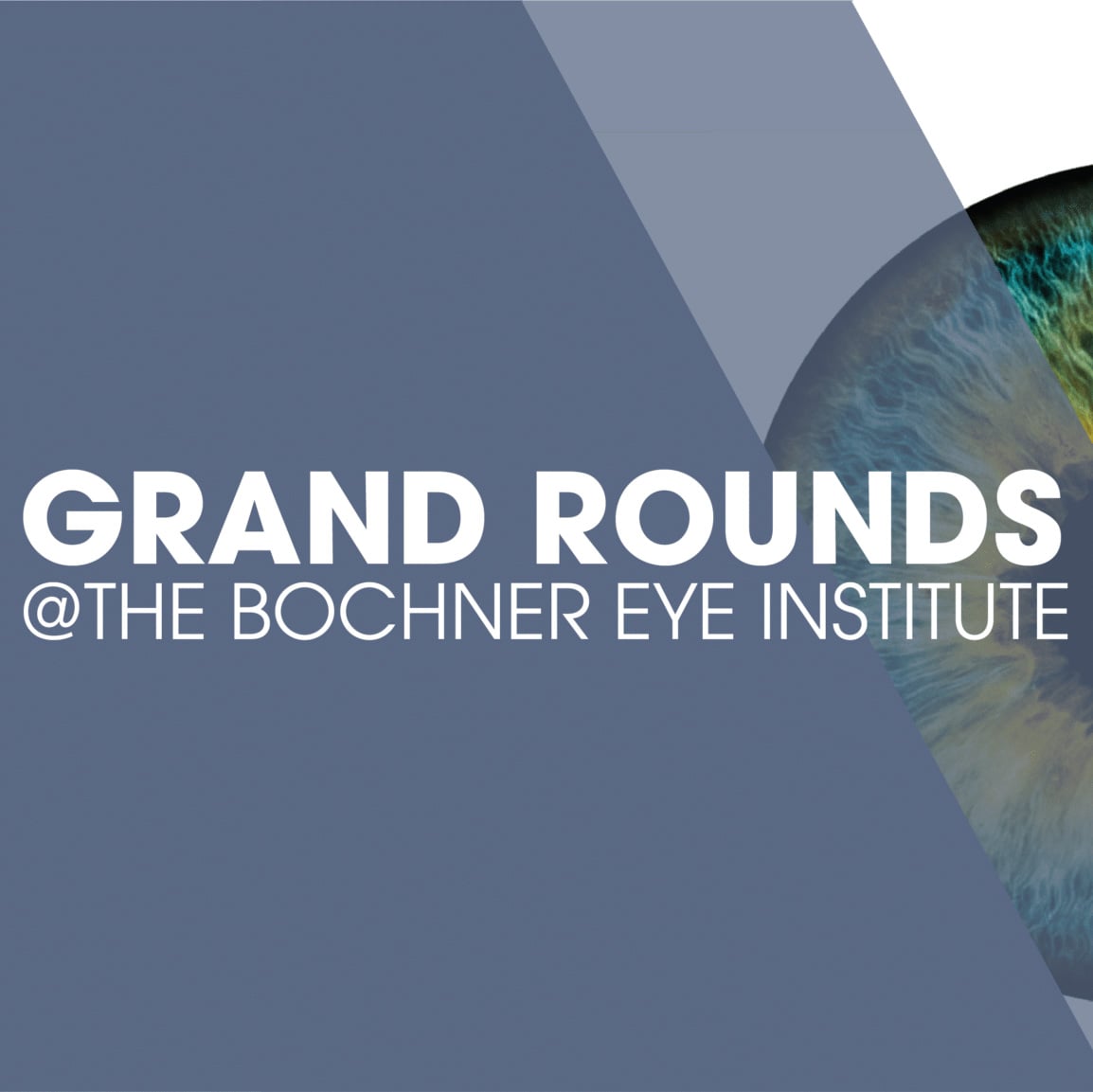Implantable Contact Lenses in Toronto
About Implantable Contact Lenses
The surgical correction of high degrees of nearsightedness or farsightedness may be accomplished by the insertion of a lens in the eye. This is referred to as an Implantable Contact Lens (ICL).
Two types of lens implant techniques are available at the Bochner Eye Institute: Phakic Intraocular Lenses (often referred to as Implantable Contact Lenses or ICLs) and Refractive Lens Exchange (RLE). These techniques are derived from cataract surgery; one of the safest and widely performed surgical procedures.
EVO Visian ICL is a type of refractive procedure to help correct common visual problems, such as myopia, hyperopia, and astigmatism. The EVO Visian ICL is an additive technology, unlike other procedures, it does not remove corneal tissue.
Patients who are between the ages of 21 and 60, and suffer from farsightedness, nearsightedness, with or without astigmatism may be a candidate for this great procedure and the advantages it provides.
- Sharp, clear vision
- over 99% patient satisfaction
- Available for over 20 years with over 1,000,000+ procedures performed worldwide
- Excellent night vision
- Quick results
- Great for those with thin corneas
- People who are not candidates for LASIK
- Does not induce dry eye syndrome
- A removable option
- In harmony with your natural eyes
- UV protection
- Treats moderate to high myopia (nearsightedness)
- Treats moderate to high hyperopia (farsightedness)
- Treats astigmatism
Legacy of Success
The EVO Visian ICL has been approved in Europe since 1997. In that time, over 1,000,000 eyes have been implanted with EVO Visian ICLs by certified surgeons like Dr. Stein. In a clinical trial, patients reported a 99% satisfaction rate.
In Harmony with your Natural Eyes
The EVO Visian ICL is an additive technology, unlike other procedures, the EVO Visian ICL procedure does not remove corneal tissue, but works in harmony with your natural eye.
Treatment Flexibility for the Future
Vision changes as you age and eventually almost everyone will need cataract surgery. An important benefit with the EVO Visian ICL is options for future treatments. Because EVO Visian ICL maintains the structure of the eye, the lens can be removed and replaced if your vision changes substantially, or if you have another procedure at any time.
A Quick Procedure and Recovery
The EVO Visian ICL is custom made by STAAR Surgical in Switzerland based on a specific prescription and size. The lens is inserted through a micro incision in the cornea and positioned behind the iris and in front of the crystalline lens. The lens is extremely thin with a central thickness of that of a human hair. The visual recovery is usually rapid and noted within hours of the procedure.
The Bochner Eye Institute is the only stand-alone eye surgical centre in Ontario approved by the Ministry of Health and certified by the College of Physicians and Surgeons. Dr. Raymond Stein implanted the first phakic implant in Toronto in 2000 and has extensive experience with intraocular surgery. He has performed over 125,000 surgical procedures including cataract surgery and laser vision correction.

The Bochner Eye Institute is the Preferred Laser And Eye Centre For The Toronto Maple Leafs™.
The Bochner Eye Institute is the Official Laser And Eye Centre OF The Toronto Blue Jays™.

Implantable Contact Lens FAQs
What are the advantages of the ICL?
Here are some of the advantages of an implantable contact lens:
- Potential for excellent quality of vision without glasses or contact lenses.
- A high percentage of patients report an improvement in vision over glasses or contact lenses.
- A reversible procedure since no tissue is removed.
- Near vision remains unchanged, unlike with a refractive lens exchange in which the crystalline lens of the eye is replaced with an artificial lens.
- Unlike a regular contact lens the ICL does not accumulate deposits and therefore does not need to be changed.
Are there conditions that do not make a patient a candidate for the ICL?
Some of the contraindications we see regularly are as follows:
- Large pupils greater than 7 mm.
- Narrow distance between the cornea and the crystalline lens of the eye.
- Cataracts that interfere with vision.
- History of glaucoma with elevated eye pressure.
What measurements or procedures are required prior to ICL surgery?
Your prescription will be determined in the office. This information is important for ordering the power of the ICL, while an optical measurement is performed to determine the size of the cornea. This helps to determine the correct size of the ICL.
What’s involved with ICL surgery?
This procedure is performed on one eye at a time and is relatively easy to undergo.
- On the day of surgery dilating drops are instilled to enlarge the pupil.
- Anesthetic drops are then used to freeze the surface of the eye. In the operating room the lids and eye are cleaned with a disinfectant solution.
- A paper drape is placed over the face and body.
- A small opening is created in the drape over the operated eye and a speculum is used to hold the lids apart.
- A microincision (2.2 mm) is made in the cornea.
- The ICL is carefully folded into a cartridge and then slowly injected into the front of the eye.
- The lens is then gently positioned behind the iris.
- The pupil is constricted and an antibiotic is instilled. No patch is required.
- The patient rests in a comfortable chair for approximately 1 hour and then is examined by Dr. Stein before being discharged home.
- Follow-up examinations will be performed postoperatively at 1 day, 1 week, 1 month, 3 months, 6 months, and 1 year.
Can vision be further refined after the ICL procedure?
The majority of patients following insertion of the ICL will not require glasses. If one is not satisfied with the level of vision then a custom laser vision correction procedure (LASIK or Advanced Surface Ablation) can be performed.
What are the potential risks of the ICL?
As with any intraocular procedure, there are some potential risks:
- Infection in the eye (very rare, approximately 1 in 10,000 cases)
- Rarely, a visually significant cataract (1 in 1,000) could develop. If this occurs surgery can be performed to restore vision.
- An elevation in eye pressure (1 in 500) could develop that may require topical medication.
- Glare or halos could develop that usually resolve with time.

